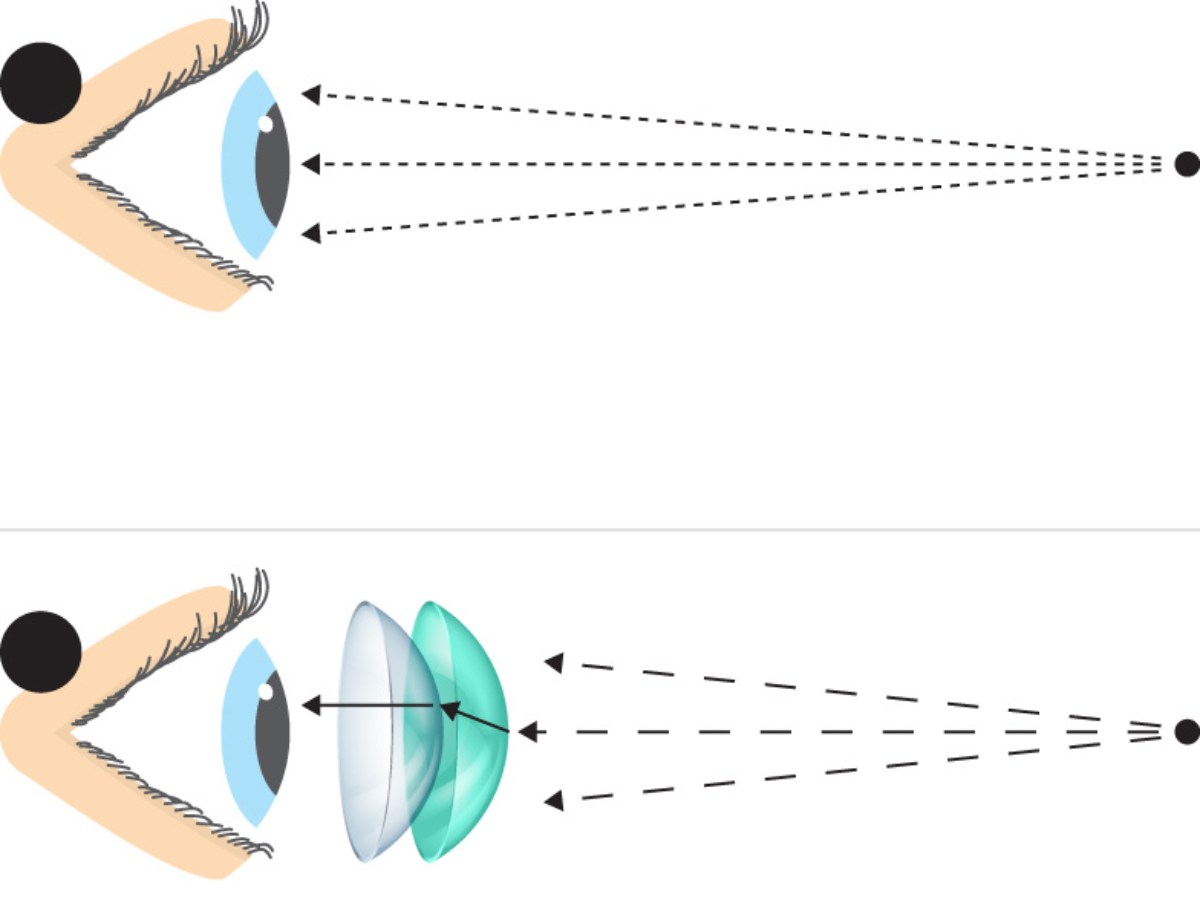Chinese researchers have created contact lenses that enable users to view infrared light that is typically invisible to the human eye. What’s even cooler is that the lenses function better through closed eyelids, and future iterations may be able to help people who are colour blind.
Only a small spectrum of colours, light with wavelengths ranging from 400 to 700 nanometers, can be seen by the human eye. Even though other species can see beyond it, we refer to that as the “visible” portion of the spectrum in a typical human-centric fashion. Anything beyond that is invisible to the human eye. For example, light that falls between 800-1600 is infrared, and in a recent study, scientists have helped humans see it with the help of lenses embedded with nanoparticles that convert the infrared wavelengths into visible ones.

Tian Xue’s Creation
The lenses do not interfere with the wearer’s ability to view visible light. In fact, wearers who tested the lenses were able to determine the direction of the visible light’s source and differentiate it from the flashing signals from infrared light from the LEDs during tests. According to Tian Xue, a neurologist at the University of Science and Technology of China, “It’s totally clear cut: the subject cannot see anything without the contact lenses, but when they put them on, they can clearly see the flickering of the infrared light.”
“We also found that when the subject closes their eyes, they’re even better able to receive this flickering information, because near-infrared light penetrates the eyelid more effectively than visible light, so there is less interference from visible light.”
Currently, the lenses only allow wearers to see radiation from an LED light source, but the researchers are working to increase the nanoparticles’ sensitivity so they can see even lower levels of infrared light.
“In the future, by working together with materials scientists and optical experts, we hope to make a contact lens with more precise spatial resolution and higher sensitivity,” Xue added.
Stay tuned to Brandsynario for the latest news and updates







































